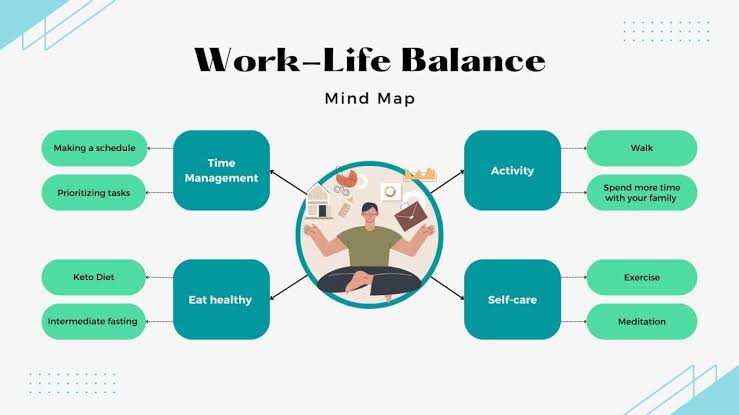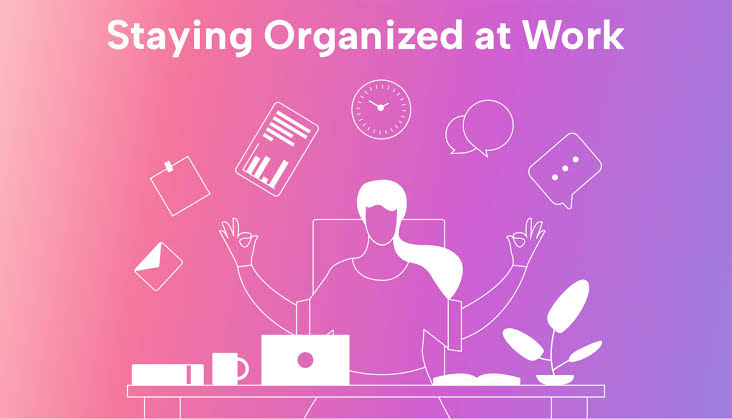Work-life balance refers to the healthy separation and harmony between professional responsibilities and personal life. It’s not about splitting your time evenly between work and leisure, but rather ensuring that neither one overwhelms the other. With modern technology and remote work on the rise, the boundaries between work and personal time have blurred, making it more important than ever to build a clear and sustainable routine.
When your routine prioritizes both productivity and well-being, you reduce the risk of burnout, improve mental health, and create room for long-term career satisfaction. Building this balance isn’t something that happens overnight—it requires deliberate effort, reflection, and regular adjustment based on your evolving lifestyle and responsibilities.
Identifying the Warning Signs of Imbalance
Before you can build a better routine, you need to identify if there’s already a problem. Here are some signs that your work-life balance might be off:
- Constant fatigue or irritability after work.
- Difficulty unplugging from emails or work calls.
- A growing sense of guilt when taking breaks.
- Neglecting relationships or personal interests.
- Trouble sleeping or chronic stress.
Recognizing these signs is the first step toward regaining control. If any of these apply to you, it’s time to reassess how your days are structured and what changes can help.
Setting Clear Work Boundaries
Creating healthy boundaries is a crucial part of establishing a balanced lifestyle. Without boundaries, work can easily creep into evenings, weekends, and even your mental space.
Start by setting defined work hours. Whether you work a 9-to-5 or have a more flexible schedule, choose specific hours where you focus on tasks—and stick to them. Let colleagues or clients know when you’re available and when you’re not. Avoid checking emails or messages outside of these hours unless absolutely necessary.
Also, create a dedicated workspace if possible. Working from a separate area in your home (even a small corner) can psychologically signal the beginning and end of the workday. This physical boundary supports the mental boundary between work and personal life.
Prioritizing Your Tasks With Purpose
A balanced routine means you’re working efficiently, not endlessly. That starts with learning how to prioritize.
Use techniques like the Eisenhower Matrix or the Pareto Principle (80/20 rule) to determine which tasks are essential and which can be postponed or delegated. Avoid multitasking—it reduces efficiency and increases mental fatigue. Instead, focus on completing one meaningful task at a time.
At the start of your week, create a flexible plan that maps out your top goals. Break large projects into smaller steps and schedule them around both work and personal commitments. This helps you stay on track without overcommitting.
Making Time for Wellness and Self-Care
Your physical and mental health are non-negotiable components of a healthy routine. When building your work-life balance, wellness needs to be integrated—not treated as an afterthought.
Incorporate short breaks throughout the day to move, stretch, breathe, or hydrate. A 10-minute walk or mindfulness session can help you reset mentally and improve focus.
Exercise regularly, even if it’s just 20 minutes a few times a week. Sleep should be a top priority as well—aim for 7–9 hours each night. Nutrition matters too. Eating balanced meals fuels your body and brain, enabling you to function better throughout the day.
Scheduling Time for Relationships and Personal Growth
Spending time with family, friends, or simply engaging in social activities is vital to a fulfilling life. Connection boosts happiness, lowers stress, and reminds you of the world beyond your job.
In addition to social time, make room for hobbies and personal development. Whether it’s reading, cooking, painting, or learning a new skill, these activities add meaning and joy to your routine.
Schedule these moments just as you would a meeting. Protect your personal time with the same energy you give to your work hours. This doesn’t mean being rigid—but being intentional helps ensure that your week includes more than just professional output.
Leveraging Technology to Stay Organized
There are many tools available today to help you stay productive without becoming overwhelmed. Use calendar apps to block time for work, meals, rest, and recreation. Productivity tools like Trello, Notion, or Google Tasks can help you manage projects and reduce mental clutter.
Set reminders to pause, eat, stretch, or take a deep breath. Use time-tracking apps if you’re unsure where your hours are going. These tools not only help you stay accountable but also provide insight into where you might be overworking or underinvesting in yourself.
Learning to Say No and Delegate
One of the hardest yet most essential habits in building work-life balance is the ability to say “no.” Whether it’s to overtime requests, additional responsibilities, or non-essential social events, protecting your time requires assertiveness.
Delegation is just as important. At work, don’t hesitate to share tasks with colleagues or ask for help. At home, distribute responsibilities fairly so that you’re not carrying the entire load alone. This reduces pressure and creates room for both rest and creativity.
Adapting and Reflecting Regularly
Life is dynamic, and so is your routine. What works this month may not work next month. Check in with yourself weekly or monthly. Ask:
- Am I feeling overwhelmed or fulfilled?
- What part of my schedule brings stress or peace?
- Do I need to make space for something I’ve been neglecting?
By reflecting often, you remain flexible and in control, adjusting your habits to fit your goals and well-being.
Conclusion
Building a healthy work-life balance routine is less about perfection and more about intention. It’s about choosing what truly matters and giving yourself permission to rest, connect, and grow outside of your job. With consistent effort, clear priorities, and the right support systems, you can create a life where success and satisfaction thrive side by side. Balance isn’t a destination—it’s a practice, and it starts with how you plan your day.



